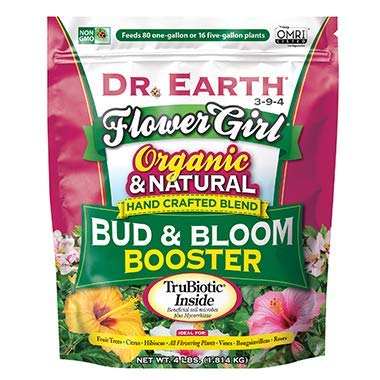How to grow California roses – and transform your yard with native, bee-friendly borders
With striking pink blooms, this shrub will look impressive in any backyard

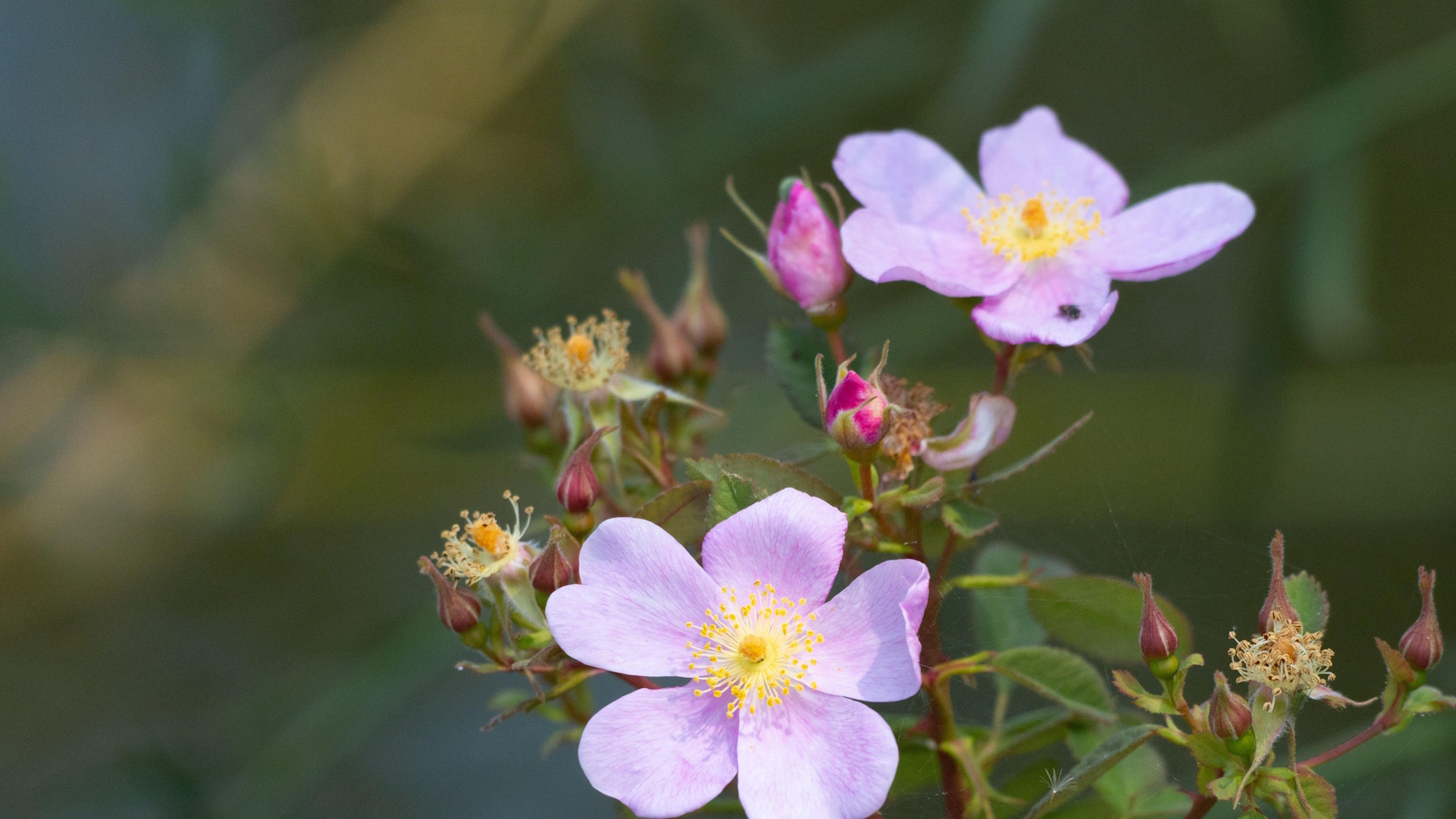
Rosa californica, or the California wild rose, is a beautiful native plant that will add a naturalistic charm to any yard. With vibrant pink flowers in summer and crimson red hips in fall, Rosa californica is a showstopping species that will prove popular with pollinator visitors.
Most gardeners would agree that traditional shrub, climbing or rambling roses require a fair amount of attention, including watering and feeding during the spring and summer. Rosa californica, however, as a hardy native species, is a low-maintenance option and once established is remarkably easy to care for.
So, if you are looking to add one of the best rose varieties to your plot this year, why not learn how to grow California roses? Here, one garden expert from the South Coast Botanic Garden in the Los Angeles area reveals how best to care for this native plant to elevate your borders this spring and summer.
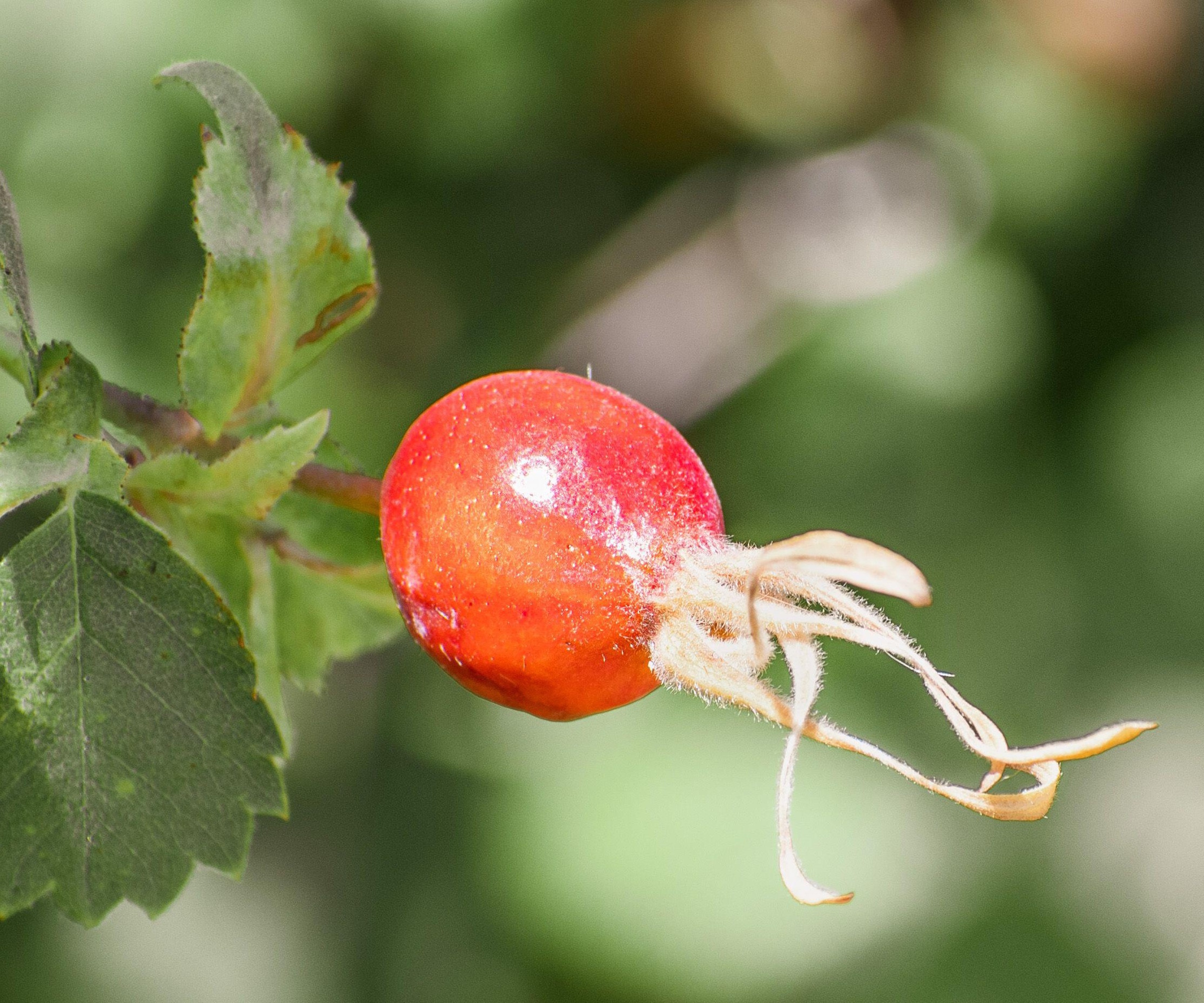
How to grow California roses
There are over 300 accepted species of roses growing worldwide, and approximately 20 are native to North America. Different rose species have different growing requirements, although using native options, such as the California wild rose, is a sensible idea.
Native species have evolved to thrive in particular soils and climates, and plants and pollinators will also often have a mutualistic relationship, where both benefit from each other. So, if you are landscaping with roses this year, our guide on how to grow California roses has all the information you need to succeed.
Growing habits of California roses
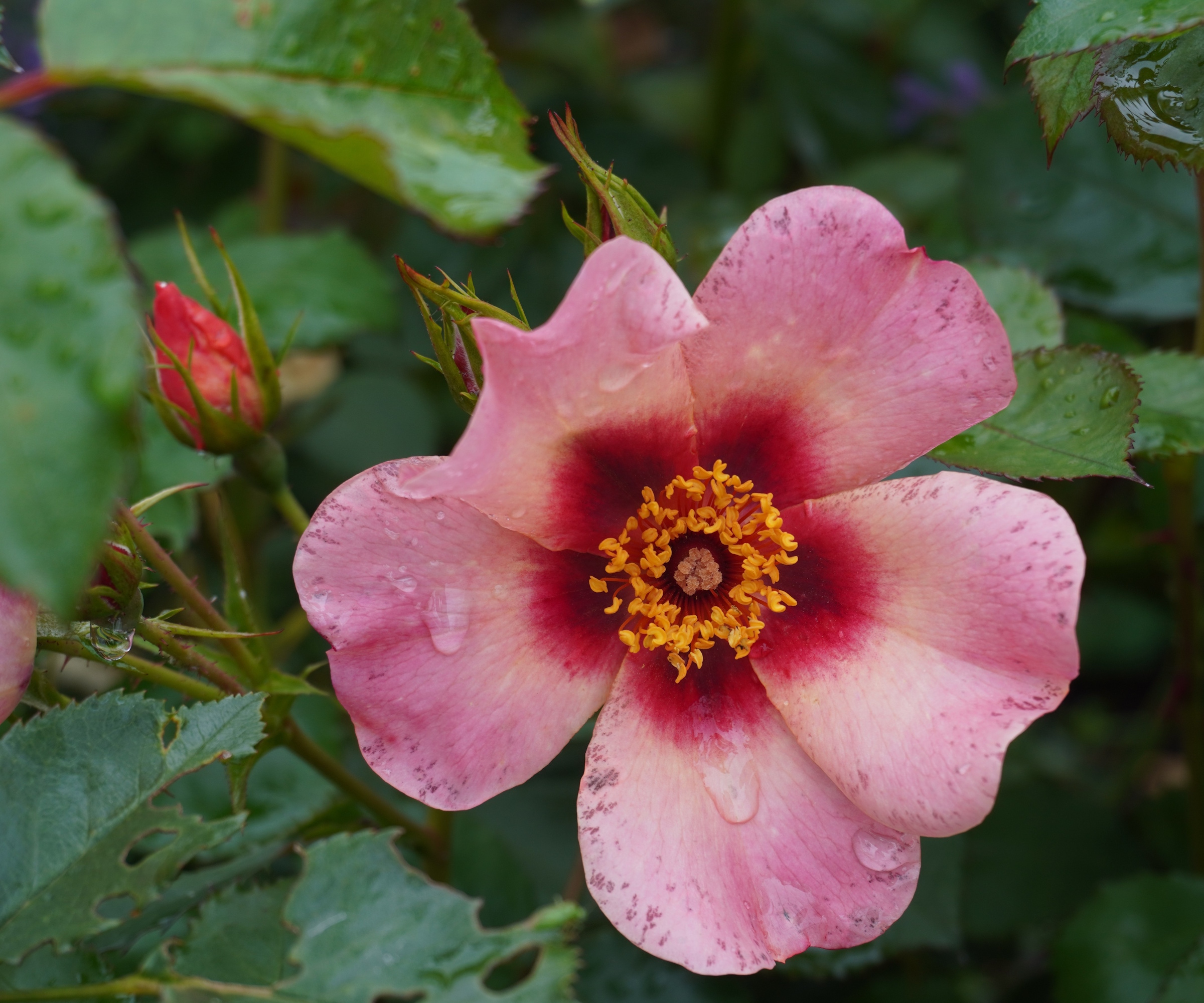
'The California rose, Rosa californica, is a tough and forgiving species,' says Terry Huang, plant expert and Director of Living Collections at South Coast Botanic Garden in the Los Angeles area. 'It grows wild throughout California and Oregon in a range of conditions and habitats, from shrublands to woodlands to the foothills of the Sierra Nevada mountains.'
In terms of rose care and growing this native species does best from US hardiness zone 6 to zone 9, producing the most blooms in sunny borders with a good amount of moisture in the soil.
Design expertise in your inbox – from inspiring decorating ideas and beautiful celebrity homes to practical gardening advice and shopping round-ups.
'Fragrant flowers appear in spring,' Terry adds, 'opening in vibrant pink shades. These blooms go on to develop into bright red hips in the fall months, maintaining interest in the garden as the mercury begins to drop.'
If you are looking for rose garden ideas this year, this shrub can reach up to 10 feet tall and wide and looks best when left alone to grow in a loose and natural way. For the best results, I recommend planting towards the back of your borders or the rear of your yard when pruning will be minimal.

Terry Huang is the Director of Living Collections at South Coast Botanic Garden in the Los Angeles area. He loves to share his passion for plants by finding creative ways to make botany and horticulture fun and accessible for all.
Care guide for California rose shrubs
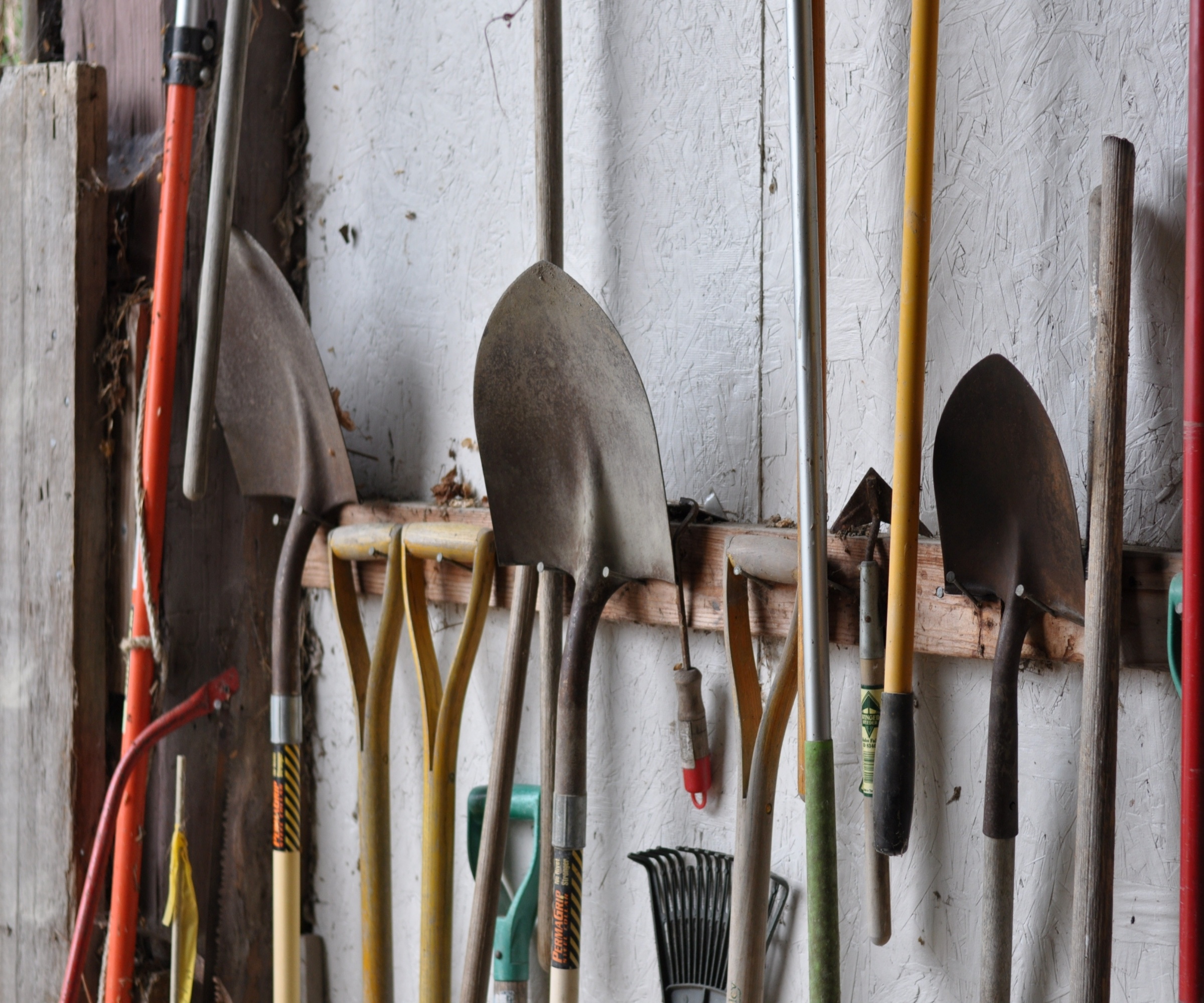
- Soil: Rosa californica can tolerate a range of soils, from loamy to clay, rocky to saline. Although most frequently found in moisture-retentive soil, the California rose, once established, is capable of surviving drought conditions. Aim for a neutral soil pH between 6.5 to 7.5 for best results.
- Light: 'California roses do best in full sun, preferably with six or more hours of sunshine each day,' Terry says. While they will tolerate part shade, the more sun your rose enjoys, the more blooms it will produce.
- Watering: 'They prefer moist but free-draining soils, with supplemental deep watering in the summer to avoid early dormancy during extremely dry spells,' Terry adds. While they can grow in clay soil, consider mulching your borders before planting, using something like this pine bark mulch from Walmart, which should help to improve drainage and prevent waterlogging. 'As the rose establishes, it becomes more drought-tolerant and can easily withstand the high heat of July and August.'
- Fertilizing: It can help to feed Rosa californica during the growing season using a bloom booster fertilizer that is high in potash, which will encourage the shrub to produce more flowers. However, in most cases, this wild rose can find what it needs from the soil, so there is often no need to apply anything extra.
- Pruning: California roses are naturally low-maintenance, and where they have plenty of space to grow there is often no need to prune them. However, in most smaller or compact backyards, pruning roses once a year in late winter or early spring can help to maintain a compact shape. Doing so at this time will mean you can enjoy rose hips during November and December, and the birds will be grateful for this winter snack too. When pruning, be sure to use clean, sharp tools, like these Felco snips, available from Walmart.
- Toxicity: Rosa californica is not considered toxic to humans or dogs. While the rose hips are edible, there is a layer of hair inside that can irritate the mouth and digestive tract if ingested, so it is best to approach with caution.
FAQs
What companion plants should I grow alongside California roses?
Many rose plants, including California and dog roses, can suffer from aphid or white fly attacks. However, avoid using chemicals and consider planting alliums alongside your rose shrubs. The garlic smell can help to repel unwanted pests, so consider adding allium bulbs to your borders, including Allium 'Globemaster' or Allium schenoprasum, commonly called chives. Allium live plants are available from Amazon.
For newly planted California roses, it is a good idea to provide a framework for them to grow through. There are many different climbing plant support ideas to try, including metal obelisks or wooden tripods, usually available from nurseries. Alternatively, gather natural materials from your yard, such as hazel or chestnut branches, allowing you to create a natural framework with an artisanal look.

Thomas is a Content Editor within the Gardens Team at Homes and Gardens. He has worked as a professional gardener for both public spaces and private estates, specializing in productive gardening, growing food and flowers. Trained in Horticulture at the Garden Museum, he has written on gardening and garden history for various publications, including The English Garden, Gardens Illustrated, Hortus, The London Gardener and Bloom. He has co-authored a Lonely Planet travel book, The Tree Atlas, due out in 2024.
